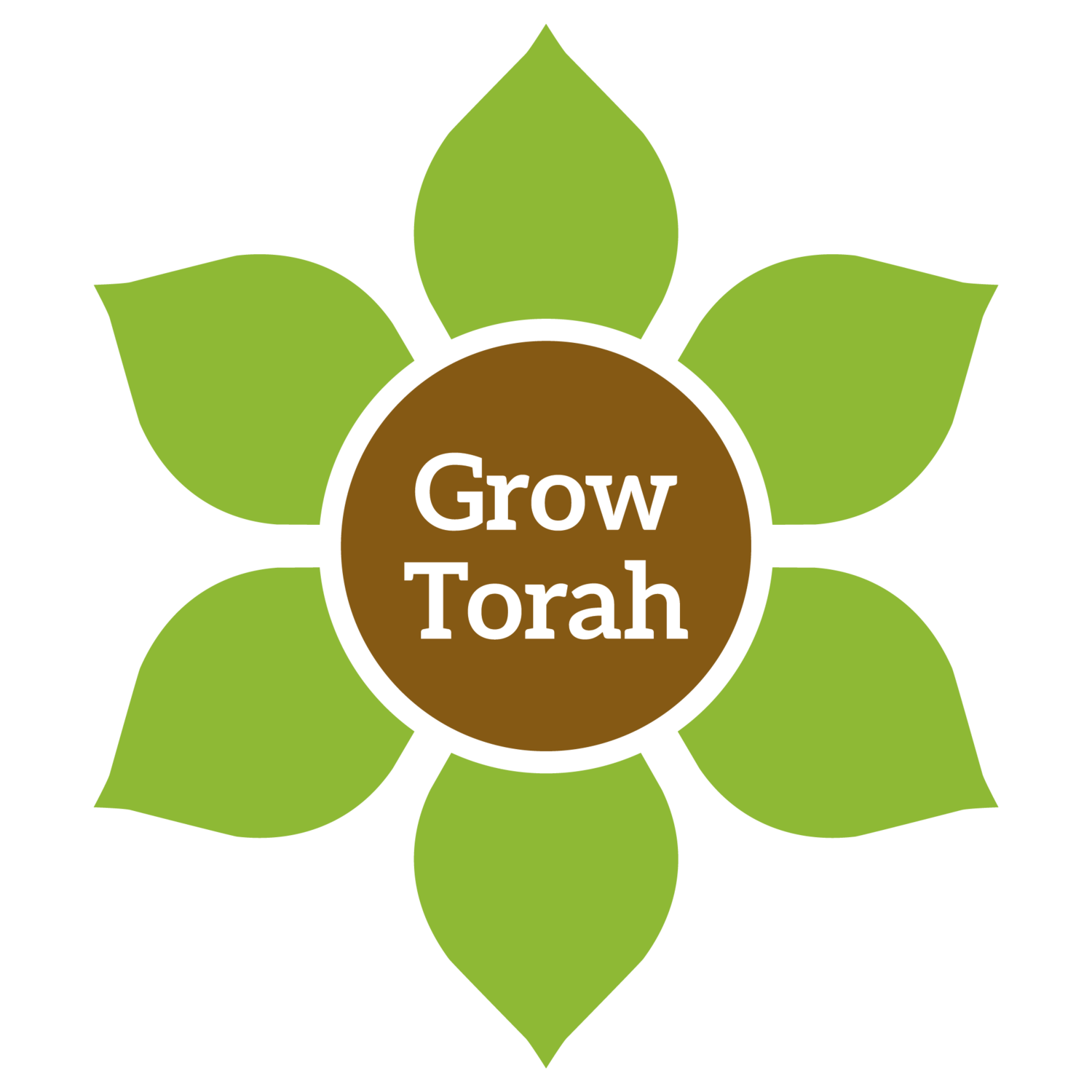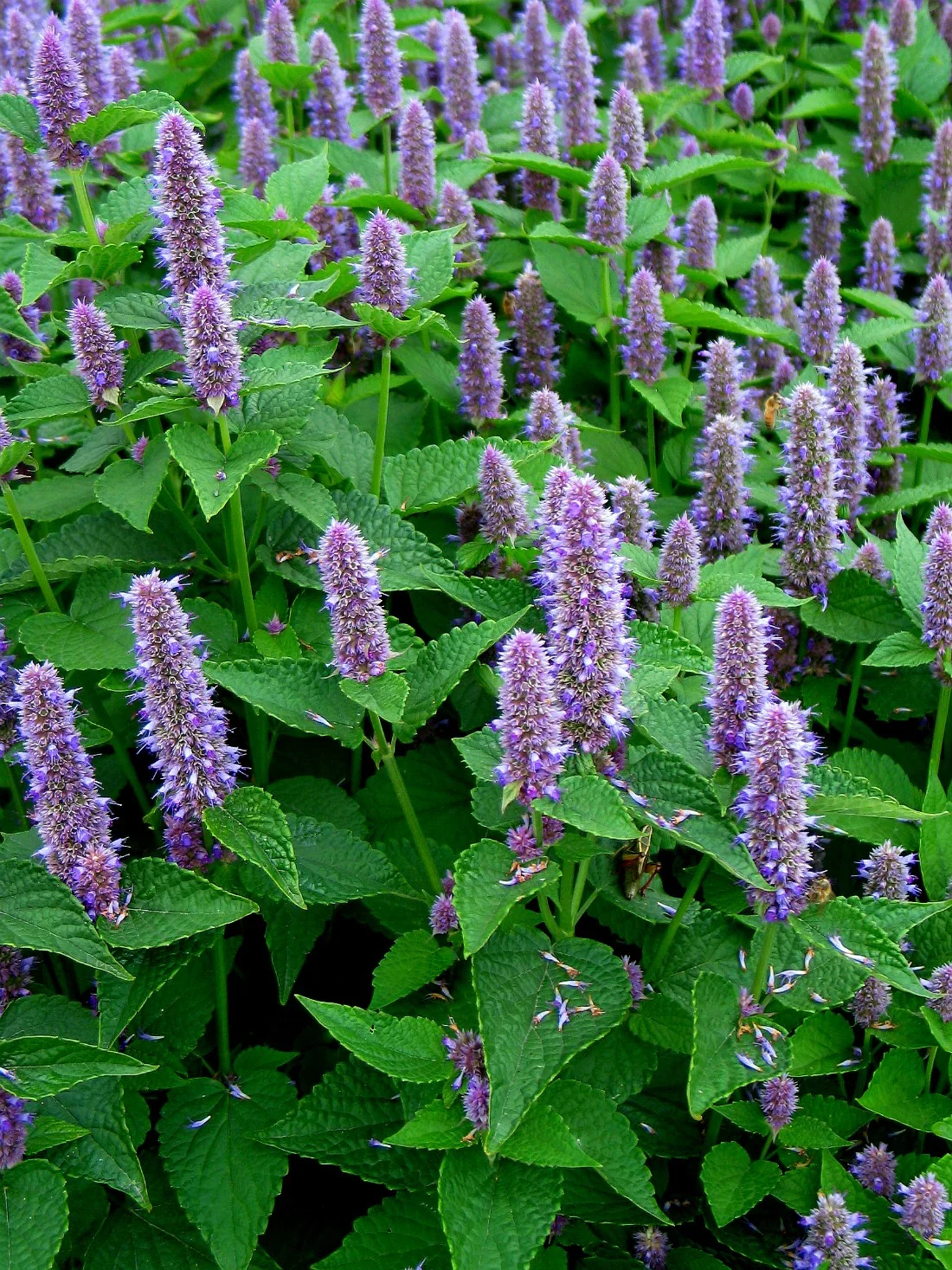Hyssop - אֵזוֹב
Agricultural Information:
Family: Labiatae (Lamiaceae)
Scientific name: Origanum syriacum
Hyssop is a perennial plant and serves as a key ingredient in the za’atar spice mix (which is not a name of a single plant, but a blend of various spices). While hyssop is perennial, it remains low-growing, and is typically only a few dozen centimeters tall, since the plant regenerates from its woody base near the ground while the rest of the stem dries out. This results in the plant maintaining a low profile throughout its life. While botanically, these plants are considered shrubs, this category does not exist in halachah. Instead, the Sages classify plants as either trees—woody, perennial plants—and vegetables, non-woody plants, even if they live for several years.
Historical Information:
Ezov is mentioned in the Torah as the plant used to sprinkle the blood on the doorposts during the Passover sacrifice in Egypt and for the purification of the leper. In the Mishnah, ezov appears several times along with two other plants, si’ah and koranit – with these three often listed together. From these references, it can be inferred that these were wild plants used for food and fuel, likely because of the scent they emit when burned. Several plants have been consistently associated with these three. Most of the identifications are with species from the Labiatae family, which are known for their essential oils. Ezov has been identified as various types of hyssop: Bible hyssop, cultivated hyssop (marjoram), thyme, savory, and white-leaved savory. In the Garden of Mitzvot, hyssop, oregano (common oregano), white-leaved savory, and thyme represent this group.
Halachic Information:
Kilei zera’im & kilei hakerem (interplanting: annuals & grapevines): Hyssop is perennial and woody, classifying it as a tree, and therefore it may be planted near other edible annuals and grapevines.
Terumot & ma’aserot (offerings & tithes): Unlike other spices used primarily for flavor, which have an uncertain status regarding tithes, this plant is commonly used to prepare spices that are eaten directly. Therefore, terumot and ma’aserot must be separated from hyssop with a blessing.
Information about plants as they relate to torah and mitzvot has been generously provided by Mercaz Torah VeHa’aretz Institute.


